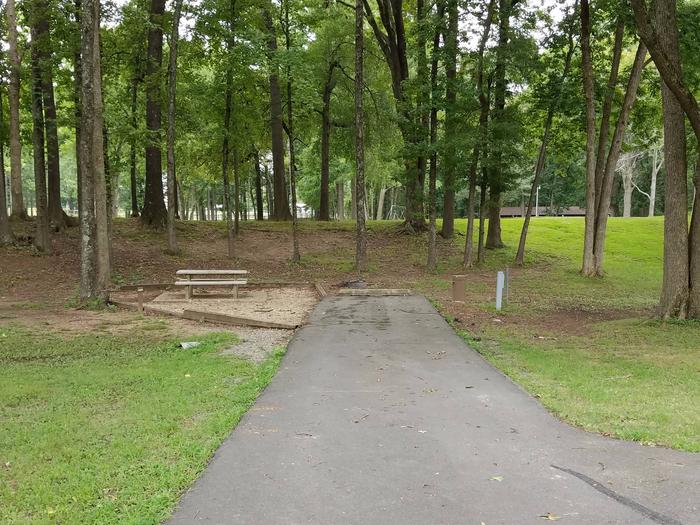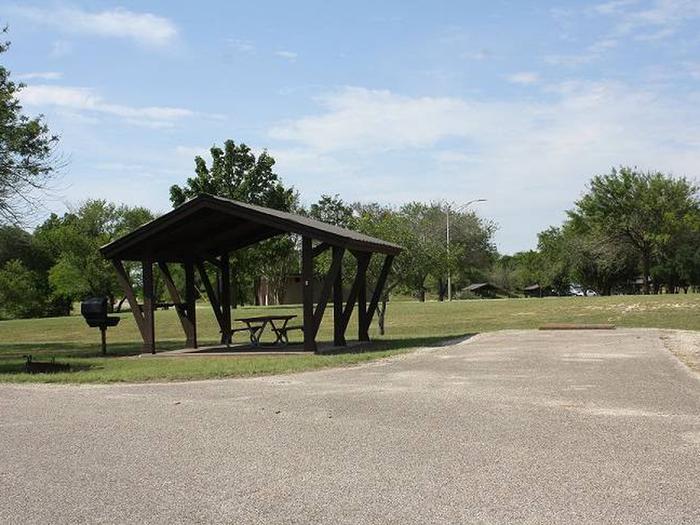Directions
State Highway 62 provides access to the wilderness from the north and Interstate 10 via the Midland Road, from the south. The wilderness boundaries are accessible by four-wheel drive vehicles only.
Phone
760-833-7100
Activities
CAMPING, WILDERNESS
Camping Reservations
Reserve your campsite at these camping areas:
Hiking Trails
Looking for nice hiking areas to take a hike? Choose from these scenic hiking trails:
Related Link(s)
More California Recreation Areas
The Rice Valley Wilderness has a total of 41,776 acres and is managed by the BLM’s Palm Springs-South Coast Field Office. In 1994 the Rice Valley Wilderness became part of the now over 109 million acre National Wilderness Preservation System.
The broad, flat plains of Rice Valley and the northwestern tip of the steep and rugged Big Maria Mountains lie within the borders of this wilderness. A system of small dunes rising 30 to 40 feet above the surface form a long, narrow band running through the middle of the valley floor. The valley is part of a massive sand sheet which extends from Cadiz Valley through Ward Valley, representing a part of one of the largest dune systems in the California Desert. The Big Maria Mountains rise above the valley to an elevation of 2,000 feet.
In wilderness, you can enjoy challenging recreational activities and extraordinary opportunities for solitude. In an age of “…increasing population, accompanied by expanding settlement and growing mechanization,…” you play an important role in helping to “…secure for the American people of present and future generations the benefits of an enduring resource of wilderness” as called for by Congress in the Wilderness Act of 1964. Please follow the regulations in place for this area, and use Leave No Trace techniques when visiting to ensure protection of its unique natural and experiential qualities.
How to follow the seven standard Leave No Trace principles differs in different parts of the country (desert vs. Rocky Mountains). Click on any of the principles listed below to learn more about how they apply.
Leave No Trace principles:
- Plan Ahead and Prepare
- Travel and Camp on Durable Surfaces
- Dispose of Waste Properly
- Leave What You Find
- Minimize Campfire Impacts
- Respect Wildlife
- Be Considerate of Other Visitors
Regulations:
Motorized equipment and equipment used for mechanical transport are generally prohibited on all federal lands designated as wilderness. This includes the use of motor vehicles (including OHVs), motorboats, motorized equipment, bicycles, hang gliders, wagons, carts, portage wheels, and the landing of aircraft including helicopters, unless provided for in specific legislation.





